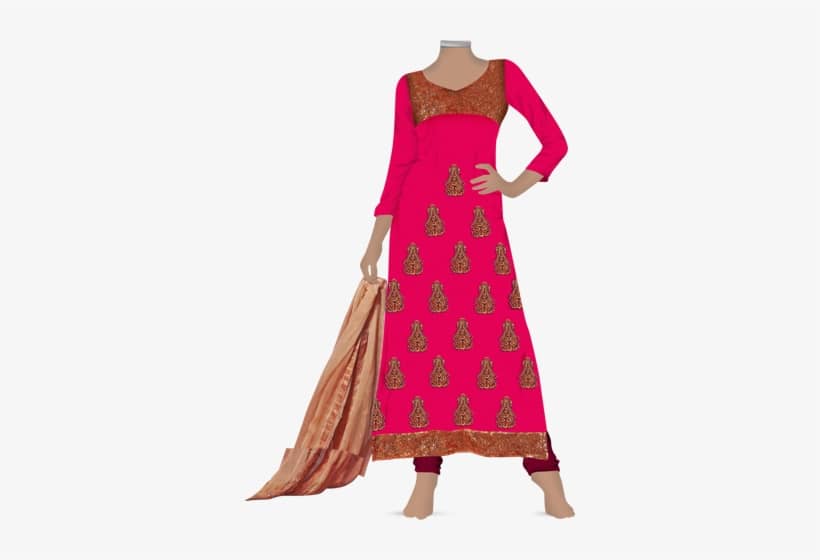Find the Best Tailor Perth: Premium Tailoring for Distinct Style
Find the Best Tailor Perth: Premium Tailoring for Distinct Style
Blog Article
Understanding the Tailoring Refine: From Material Option to Last Suitable for the Ideal Closet
The customizing procedure is a complicated interaction of art and scientific research, beginning with the essential choice of material selection and finishing in the exact modifications of final fittings. Each fabric type brings unique high qualities that affect not only the aesthetic charm however additionally the garment's long life and suitability for different events. Understanding the nuances of customizing strategies can raise one's closet to unprecedented levels of refinement. As we check out these aspects additionally, one should think about exactly how also the smallest details can considerably impact the overall end result of one's personal style.
Value of Fabric Selection
Selecting the appropriate fabric is important in the customizing procedure, as it straight affects the convenience, toughness, and overall aesthetic of the final garment (tailor perth). The selection of material sets the structure for the garment's style, performance, and performance. Different textiles possess unique properties, such as breathability, weight, and stretch, which can considerably affect how the garment drapes and fits the body
Furthermore, material selection affects the garment's durability and ease of care. High-quality materials can hold up against deterioration, maintaining their appearance and framework over time, while lower-quality products may lead to pilling or fading. In addition, the best textile adds to the garment's capacity to transition across seasons and celebrations, thereby enhancing adaptability.
A customized item made from a proper material not just showcases workmanship but additionally elevates the user's confidence. Subsequently, comprehending the subtleties of material selection is paramount for any kind of tailoring venture. It guarantees that the end product not only fulfills the visual needs of the customer yet additionally lines up with practical demands, thereby attaining an unified balance between kind and function in the customized wardrobe.
Kinds of Fabrics and Their Usages
Understanding the different kinds of materials readily available is crucial for making educated choices during the tailoring process. Each textile has special qualities that dictate its viability for specific garments and events.
Its versatility permits it to be customized right into every little thing from shirts to outfits. Its all-natural flexibility aids garments keep form over time.
Silk exudes high-end and is light-weight, making it best for eveningwear and delicate shirts; nonetheless, it needs mindful handling as a result of its fragility. Linen, with its textured surface, is a preferred selection for cozy environments, providing a ventilated and crisp feeling, yet it wrinkles easily, which may affect the garment's appearance.
Synthetic materials, such as polyester and nylon, offer longevity and resistance to creases, making them suitable for everyday wear and active clothing. Understanding these fabric types and their properties permits better decision-making, guaranteeing that each tailored item not just fits well yet additionally straightens with the designated function and event.
The Tailoring Strategies Clarified
The art of customizing depends on a range of techniques that change fabric right into well-fitted garments. Central to this procedure is pattern preparing, where a tailor develops design templates based on the customer's dimensions and preferred design. This preliminary step guarantees that the garment will certainly fit the user appropriately prior to any kind of reducing takes place.
Once patterns are developed, reducing methods enter into play. Accuracy is paramount as mistakes can cause misfitting garments. Tailors typically utilize have a peek at this site various reducing approaches, such as single-layer reducing for intricate layouts and multiple-layer reducing for performance on common patterns.
Basting is another important technique, enabling tailors to temporarily stitch fabric pieces with each other for a preliminary fitting. This method supplies the opportunity to examine the drape and total shape prior to final stitching.
Seaming methods, including french seams and flat-felled seams, boost the garment's durability and aesthetic charm. Tailors likewise use techniques such as interfacing and padding to supply structure and form to specific locations, like collars and shoulders.
Last but not least, ending up strategies, including hemming and side completing, make sure the garment's longevity while supplying a refined appearance. Together, these strategies form the backbone of efficient tailoring, resulting in elegant, custom-fit clothing.
Fitting Changes and Considerations

Key considerations consist of the shoulder fit, which must neither sag nor limit motion, and the sleeve length, which should enable for comfortable arm motion while keeping a refined look. In addition, changes at the midsection can fine-tune the silhouette, with alternatives to allow out or take in fabric as required.
The increase of trousers is an additional important aspect; it needs to rest pleasantly above the hips without causing pain, enabling for ease of motion. Hemming sizes for both trousers and skirts ought to mirror the user's preferred style while appreciating proportions.

Maintaining Your Tailored Apparel
Constantly follow the treatment tag directions, which may suggest go to the website dry cleaning for delicate fabrics or machine cleaning for more long lasting products. Stay clear of constant laundering, as this can put on down the fabric and modify the garment's form.
Storage is equally important; usage padded hangers for coats and jackets to preserve shoulder structure, and store pants folded neatly or hung to stop creasing. Protect garments from see here direct sunlight, which can fade shades and damage fibers.
Additionally, routine examinations for minor repair work can prevent bigger problems. Check for loosened switches, tearing joints, or indications of moth damage, resolving these issues quickly to keep the garment's stability.
Lastly, take into consideration seasonal turning. Using customized pieces in moderation enables materials to recoup, prolonging their lifespan. By applying these upkeep approaches, you can make sure that your tailored garments stay as pristine as the day you initially wore them, boosting your excellent wardrobe for several years to find.
Verdict
The tailoring procedure, incorporating textile choice, proficient strategies, and specific suitable adjustments, plays an essential function in producing garments that improve both comfort and style. Recognizing the relevance of upkeep expands the life of customized garments, strengthening their worth in a well-curated closet.
Choosing the best material is important in the customizing process, as it directly influences the convenience, longevity, and total aesthetic of the last garment. The choice of textile sets the foundation for the garment's performance, design, and performance. Different fabrics have special residential or commercial properties, such as weight, breathability, and stretch, which can dramatically impact exactly how the garment drapes and fits the body.
The art of tailoring counts on a range of techniques that change fabric right into well-fitted garments.The tailoring process, encompassing textile choice, experienced methods, and accurate fitting changes, plays an important role in producing garments that enhance both convenience and design.
Report this page